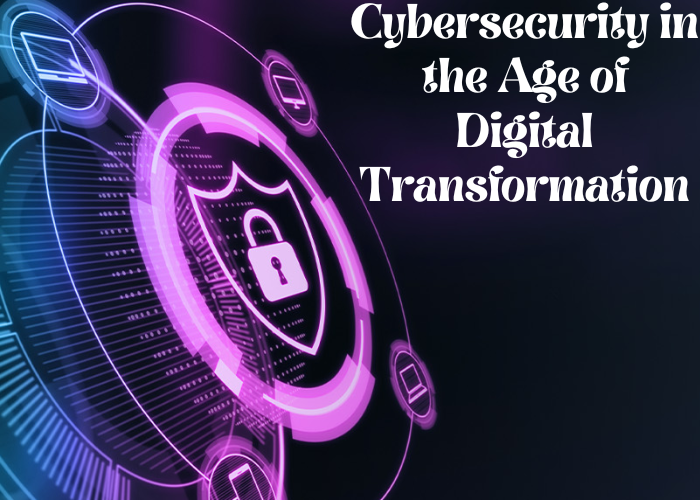The digital transformation of the workplace is underway, and cybersecurity is at the heart of this transformation. The rapid pace of digital transformation is creating new opportunities for organizations to find efficiencies and reduce costs while at the same time protecting their assets from cybercrime. In this article, we will explore how organizations are transforming their security operations centers (SOC) into multi-layer NOCs with the goal of maximizing effectiveness while minimizing risk.
Digital Transformation
The digital transformation has changed the way we work, live, do business and everything in between.
The primary goal of any company is to increase their profits by creating value for customers or shareholders. In order to achieve this goal, organizations must be able to access new markets and/or new ways of doing business that will help them grow their business for years to come. Digital Transformation means businesses must rethink how they operate so they can meet this challenge head on!
The Age of Digital Transformation
The term “digital transformation” is used to describe the process of an organization adopting digital technologies. In other words, it’s a shift in business culture and mindset as well as a change in how you think about your customers, employees and products.
Digital transformation requires a new way of thinking about our world — one that focuses on data analytics rather than gut feelings or intuition alone. This can be difficult to do at first because we’ve always been trained to rely on our instincts when making decisions that affect us personally (like what movie we should see tonight). But digital transformation requires us not only develop new skillset but also unlearn some old ones so we can shift into this new mindset where everything has been reduced down into bits and pieces stored somewhere out there somewhere…
SOCs and NOCs
SOCs and NOCs are different. They’re also not mutually exclusive, which is good news: SOCs can perform both monitoring and response functions, while NOCs can do both prevention (via threat detection) and detection (via malicious software).
However, there are some important distinctions between SOCs and NOCs that you need to understand if you want to be a successful cyber security professional. First of all, let’s talk about what makes up an organizational security officer or manager role in your organization:
- Cybersecurity Operations Centers (COSOs): These are located at the head office level where they oversee all proactive measures related to information security across multiple departments within an organization — from finance down through salesforce integration into various systems such as CRM/ERP/SAP etc..
Cybersecurity is undergoing a major transformation.
As the cybersecurity landscape shifts, so do the threats that organizations face. The proliferation of connected devices and devices that can be compromised has created a new set of challenges for IT security professionals.
In order to stay ahead of these changes, organizations must invest in a constant cycle of innovation. What does this mean? It means investing in tools that will help you identify vulnerabilities faster and more accurately than ever before; tools like xSight’s Active Monitoring solution (AM)
The AM solution uses AI-driven analytics powered by machine learning algorithms to provide visibility across all data sources within your environment—including server logs, application logs and network traffic—to help detect suspicious activity as soon as possible!
The rapid pace of digital transformation is creating new opportunities
The rapid pace of digital transformation is creating new opportunities for cybercriminals. As we move from a world where information is stored on hard drives to one where everything is in the cloud, it’s easier than ever to access data and manipulate information. This shift has led to an increased reliance on technology that can be exploited by hackers—and as more people become reliant on this technology, so too will there be more opportunities for hackers.
For example:
- Digital transformation has reduced the cost of innovation by allowing companies like Amazon or Google to become successful overnight because they don’t have any legacy costs like brick-and-mortar stores do while also reducing barriers such as geographical locations (you don’t need physical space anymore). This means new products can reach consumers quicker than ever before!
The need to protect digital assets has never been more urgent.
The need to protect digital assets has never been more urgent. Cybercrime is an increasing threat to organizations and individuals, with cybercrime costs estimated at $6 trillion annually by 2020. In fact, there are nearly 200 million victims of cybercrime each year—more than half of these people are under 18 years old and two-thirds were using a mobile device when they encountered malware or phishing scams.
The problem has become so severe that some countries have begun criminalizing hacking as well as using it as an offense punishable by imprisonment: China recently passed legislation making it illegal to “hijack or interrupt computer systems running Linux operating system software products”; Russia plans on doing the same thing next year; other countries such as France have already taken similar measures to protect their citizens from vulnerability attacks against their devices (such as smartphones).
Conclusion
In the age of digital transformation, cybersecurity has never been more important. Organizations need to be aware that the cyber threat landscape is constantly changing and evolving, and they must be prepared to adapt their approach accordingly. The rapid pace of change demands that companies have a clear strategy for how to protect themselves from emerging threats and adversaries.





